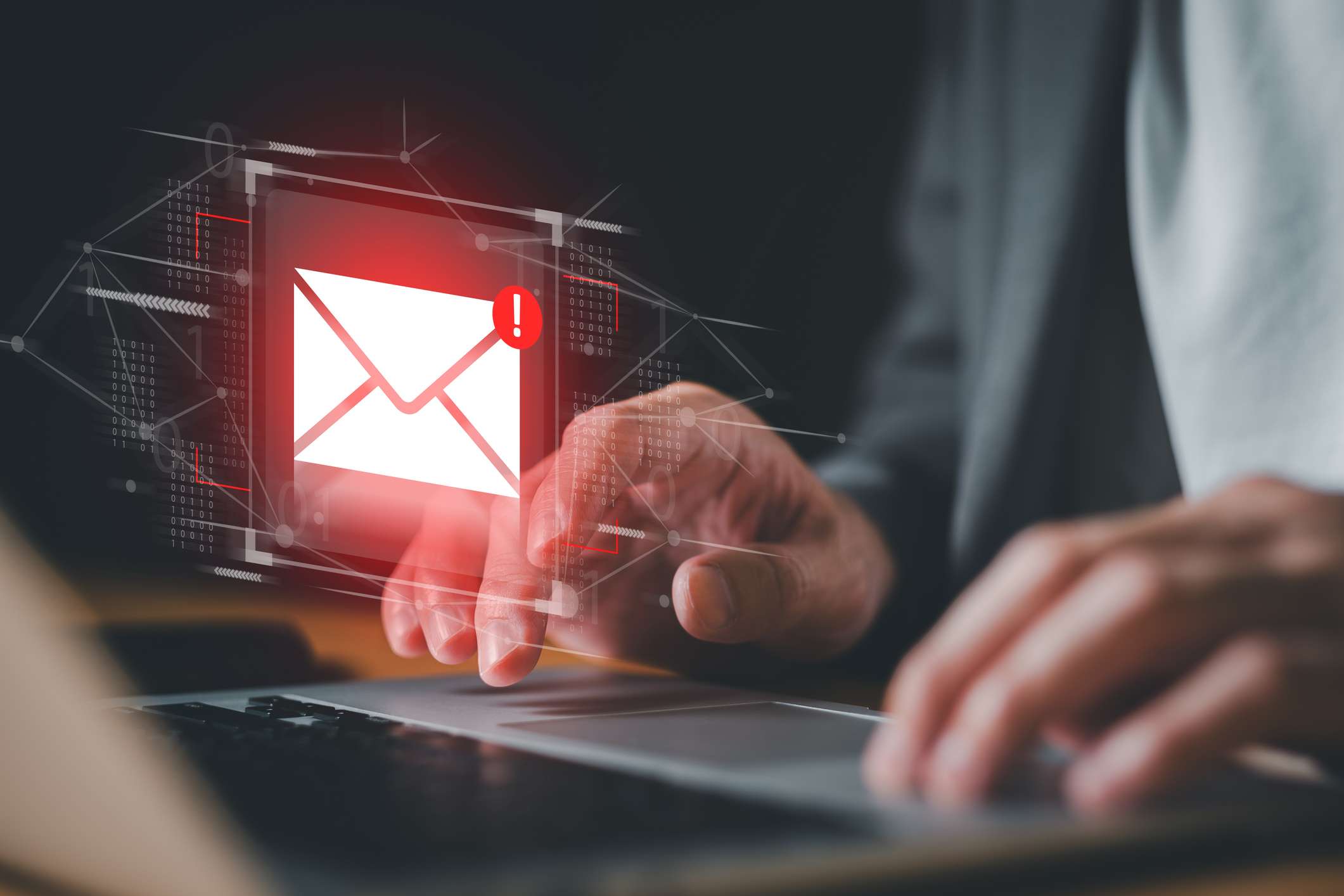Ensuring Your Emails Reach Their Destination Safely

 By
Jason Miller
·
2 minute read
By
Jason Miller
·
2 minute read
Ensuring Your Emails Reach Their Destination Safely
You’ve crafted the perfect email, hit send—and then it disappears into a spam folder or never arrives. In an age of constant phishing attacks and spoofed domains, email providers are stricter than ever. Ensuring email delivery safety is not just about getting through—it’s about maintaining trust, security, and credibility with every message you send.
Whether you're sending transactional emails, customer alerts, or marketing campaigns, ensuring safe and reliable delivery requires more than just a clean email list. It demands strong authentication protocols, vigilant monitoring, and a clear understanding of how email security and deliverability intersect.
What Causes Emails to Be Blocked or Flagged?
Emails can be blocked or flagged as spam for several reasons, many of which are preventable:
- Lack of authentication: Missing or misconfigured SPF, DKIM, or DMARC records
- Reputation issues: Your domain or IP address has been blacklisted
- Content red flags: Spammy language, misleading subject lines, or too many links
- High complaint rates: Too many recipients marking your messages as spam
- Inconsistent sending behavior: Sudden spikes in volume or sending from unfamiliar servers
Understanding these triggers helps businesses proactively improve both security and delivery performance.
Securing the Path from Server to Inbox
Deliverability and security go hand in hand. To ensure your emails arrive safely, start with these foundational practices:
- SPF: Specifies which mail servers are allowed to send on your domain’s behalf
- DKIM: Digitally signs emails to prove they haven’t been tampered with
- DMARC: Tells recipient servers how to handle unauthenticated messages and provides reporting
These three protocols significantly reduce the risk of spoofing and increase your sender reputation—both essential for inbox success.
Monitoring Your Email Deliverability
To maintain email delivery safety, you need insight into how your emails are performing. Use monitoring tools to track:
- Delivery and open rates
- Bounce rates and suppression lists
- Spam complaints and blacklist status
- DMARC aggregate reports to identify unauthorized senders
These metrics allow you to catch issues early and make data-informed improvements.
Did you know?
Over 20% of legitimate business emails never reach the inbox due to missing or misconfigured authentication records.
Best Practices for Safe and Reliable Emailing
Getting to the inbox isn’t just about tech—it’s about consistency, clarity, and credibility. Follow these best practices:
- Warm up new domains: Gradually increase sending volume to build reputation
- Use a dedicated IP: Especially if sending high volumes regularly
- Segment your list: Send targeted emails to engaged recipients to reduce complaints
- Maintain list hygiene: Remove bounced addresses and inactive users
- Provide easy opt-outs: Honor unsubscribe requests quickly to avoid spam reports
These tactics not only improve deliverability but also build user trust and engagement.
Educate Your Team and Your Users
Many deliverability and security issues arise from internal missteps or customer confusion. Train employees to recognize phishing risks, follow authentication protocols, and test campaigns before large sends. Also, educate users on what official communications from your company look like, reducing the chance they fall for impersonators.
Strengthen Your Email Program with Expert Support
Email is still one of the most valuable tools for business—but only if it’s secure and reliable. If you're ready to ensure that every message reaches its destination safely, BitLyft’s Automated Incident Response offers real-time visibility, authentication oversight, and threat protection to safeguard your email infrastructure and reputation.
FAQs
What is email delivery safety?
Email delivery safety refers to the practices and protocols that ensure your legitimate emails are delivered securely to recipients' inboxes without being blocked or flagged as spam.
How do SPF, DKIM, and DMARC help with delivery?
They authenticate your emails, proving to recipient servers that your messages are legitimate and haven’t been spoofed or tampered with, improving deliverability and trust.
Why are my emails going to spam even with authentication?
Other factors like sender reputation, content quality, complaint rates, and list hygiene also play a role in deliverability, even with authentication in place.
What tools can I use to monitor email delivery?
There are several tools for checking blacklist status, email headers, bounce rates, and DMARC reports. These provide visibility into how your emails are handled.
Does BitLyft help with email deliverability?
Yes. BitLyft’s solutions include automated monitoring, incident response, and email authentication support to protect and optimize email performance.